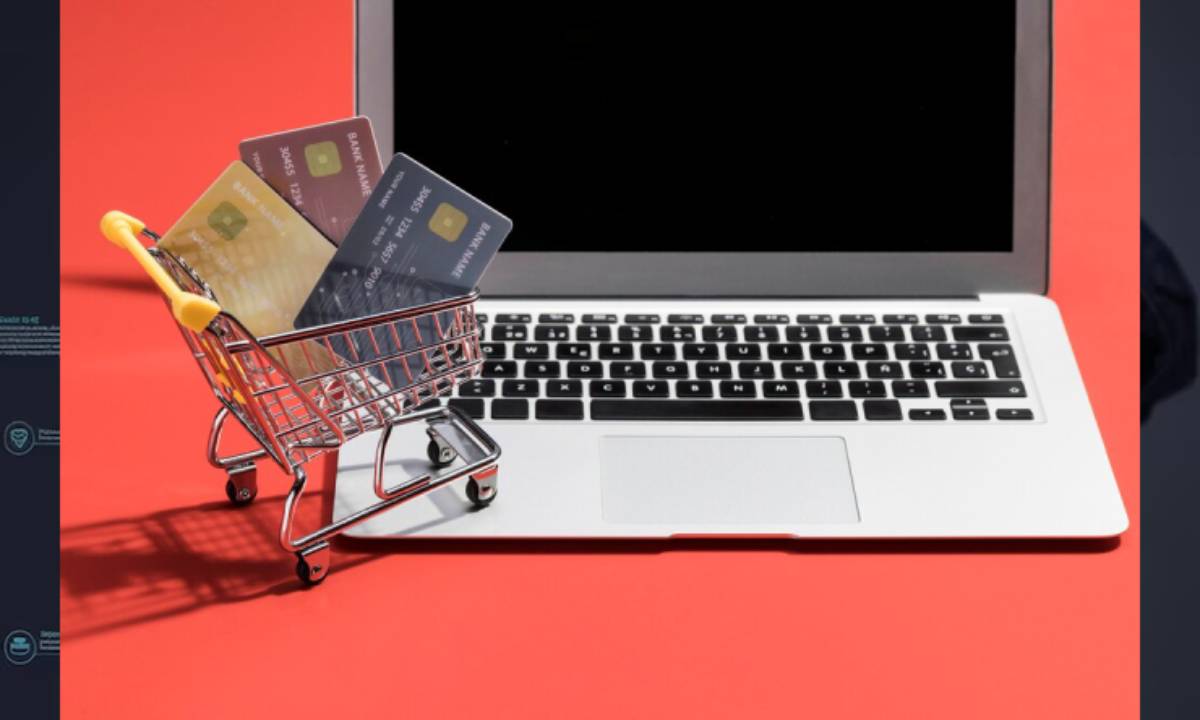
Understanding PCI Compliance for Online Retailers
Picture this: you’ve created a stunning online store. Your digital shelves are full of great products, and now you’re ready for eager customers. Just as you plan to celebrate your first big sale, a problem arises — a security breach. Suddenly, sensitive payment information is at risk, and so is your brand’s reputation.
Sounds terrifying, doesn’t it? That’s where PCI compliance steps in.
In today’s quick-moving ecommerce world, knowing and keeping payment security is a must. Following ecommerce rules, like PCI DSS, helps keep your business and customers safe.
This guide will clarify PCI compliance. It will explain why it’s important for online retailers. You’ll also find practical steps to achieve and maintain it. Let’s dive in!
What is PCI Compliance?
A Simple Definition
PCI compliance means following security standards. These standards help companies that handle credit card information keep a secure environment.
The Payment Card Industry Security Standards Council (PCI SSC) sets the standards. It was started by big credit card companies like Visa, MasterCard, American Express, Discover, and JCB.
Why It Matters for Online Retailers
- Data Breach Prevention: Safeguards against cyberattacks
- Trust Building: Reassures customers that their information is safe
- Legal Protection: Helps avoid fines and legal troubles
- Brand Reputation: Protects your image and credibility
Did you know? Verizon’s 2024 Payment Security Report reveals that groups fully compliant with PCI DSS have a 50% lower risk of a breach.
Key Components of PCI DSS
PCI DSS is made up of 12 core requirements, grouped into six overarching goals:
1. Build and Maintain a Secure Network and Systems
- Install and maintain a firewall configuration
- Avoid using vendor-supplied defaults for system passwords and other security parameters.
2. Protect Cardholder Data

- Protect stored cardholder data
- Encrypt transmission of cardholder data across open, public networks
3. Maintain a Vulnerability Management Program
- Use and regularly update antivirus software
- Develop and maintain secure systems and applications
4. Implement Strong Access Control Measures
- Restrict access to cardholder data
- Assign unique IDs to each person with computer access
- Restrict physical access to cardholder data
5. Regularly Monitor and Test Networks
- Track and monitor all access to network resources and cardholder data
- Regularly test security systems and processes
6. Maintain an Information Security Policy
- Maintain a policy that addresses information security for all personnel
Tip: Think of PCI DSS as your digital fortress plan. It tells you where to build walls, install locks, and set up cameras.
Who Needs to Be PCI Compliant?
Short answer: Any business that handles credit card transactions.
More specifically:
- Online retailers
- Brick-and-mortar stores
- Service providers managing payment data
No matter if you handle one transaction or a million, PCI compliance is up to you.
Levels of PCI Compliance
There are four levels based on transaction volume:
Level 1
- Over 6 million transactions annually
- Annual on-site assessment by a Qualified Security Assessor (QSA)
Level 2
- 1 to 6 million transactions annually
- Annual Self-Assessment Questionnaire (SAQ) and quarterly network scans
Level 3
- 20,000 to 1 million transactions annually
- SAQ and network scans
Level 4
- Fewer than 20,000 transactions annually
- SAQ and possibly network scans
Note: Most small to mid-sized online retailers fall into Level 3 or 4.
How to Achieve PCI Compliance
Step 1: Determine Your Compliance Level
Assess your transaction volume to understand your PCI level and requirements.
Step 2: Complete a Self-Assessment Questionnaire (SAQ)
SAQs are a series of yes/no questions tailored to your payment processing methods. They help you gauge where you stand.
Types of SAQs include:
- SAQ A: For merchants who outsource all cardholder data functions
- SAQ A-EP: For e-commerce merchants with websites that affect payment security
- SAQ D: For merchants storing cardholder data
Pro Tip: Choose the correct SAQ. Using the wrong one could lead to non-compliance.
Step 3: Conduct a Vulnerability Scam

An Approved Scanning Vendor (ASV) will scan your external-facing IP addresses for vulnerabilities.
Frequency: Quarterly
Step 4: Remediate Security Issues
Address any vulnerabilities discovered during the scan.
Examples:
- Fix outdated software
- Patch security flaws
- Tighten access controls
Step 5: Submit Compliance Reports
Send your SAQ, vulnerability scan results, and any needed documents to your acquiring bank or payment processor.
Quick checklist:
- Completed SAQ
- Quarterly ASV scan reports
- Attestation of Compliance (AOC)
Common PCI Compliance Challenges and Solutions
Challenge 1: Understanding Complex Requirements
Solution: Break the process into smaller, manageable steps. Use official PCI SSC guidance or hire a PCI consultant.
Challenge 2: Maintaining Compliance Continuously
Solution: PCI compliance is not a “one and done” task. Conduct regular audits, monitor systems continuously, and stay updated on changes.
Challenge 3: Budget Constraints
Solution:
- Prioritise essential upgrades
- Use cloud-based, PCI-compliant payment services
- Focus on risk areas first
Analogy: Think of PCI compliance like dental hygiene. Regular maintenance costs less and is easier than fixing a big problem later.
Benefits Beyond Compliance
PCI compliance isn’t just a box-ticking exercise — it brings real business value.
Enhanced Customer Confidence
Customers are more likely to complete a purchase when they trust your site.
Competitive Advantage
Highlighting PCI compliance can set you apart from competitors.
Fewer Legal Headaches
Avoid costly lawsuits and fines by proactively securing customer data.
Case Study: A medium-sized online clothing retailer displayed their PCI compliance on their website. Within six months, they saw a 17% boost in checkout conversion rates and a 9% increase in average order value.
FAQs About PCI Compliance
Is PCI Compliance Mandatory?
Yes. Not following the rules can lead to fines, higher transaction fees, or losing your card processing.
How Often Must I Validate Compliance?
At least annually. Quarterly vulnerability scans are also required.
What Happens If I’m Breached Despite Being PCI Compliant?
Compliance won’t make you invincible. However, showing that you took reasonable precautions can greatly lower your liability.
Conclusion: Understanding PCI Compliance for Online Retailers
Protecting your customers’ payment information is non-negotiable in today’s e-commerce world. PCI compliance guides you to secure payments. It’s more than just avoiding fines; it’s about building trust with your customers.
By following these steps, you will stay in line with key ecommerce rules. This helps make shopping safer for everyone.
Ready to start your PCI compliance journey?
- Determine your compliance level
- Complete your SAQ
- Partner with trusted security vendors


